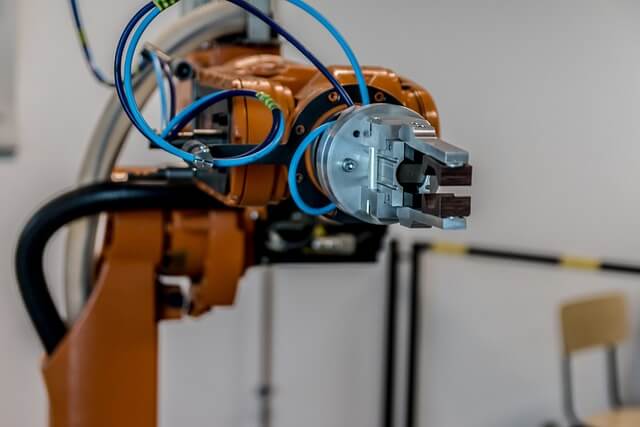Robotic Process Automation (RPA) is programmable software that can handle basic, repetitive tasks across multiple applications. It does so by tasking software robotics to launch and operate other software.
These automation technologies can perform back-office tasks like extracting data, moving files, and even filling in forms. All without human intervention.
And it’s becoming more and more relevant to attaining business success. Here are the top 6 ways robotic process automation drives business success today.
Improved Customer Experience
Visitor management software is just one of the ways that technology is improving customer experience. And it’s good for the company as a whole.
It helps you to keep track of all visitors to the company, whether clients or contractors, as well as employees.
A digitized sign-in process ensures a more streamlined reception process. This means less cost and better security and safety for everyone in the building.
Automated customer service lines also enhance productivity without the need for extra staff.
Just as robotics and automation safeguard against injuries in the industrial workplace, visitor management RPA safeguards against security breaches and unauthorized access.
It’s just another way to keep your valued employees, and the people who visit your offices, safer and more secure.
Scalability and Flexibility
Robotic Process Automation is highly adaptable to the business environment you’re in. It can benefit every company from the tech to the manufacturing and industrial sectors.
Its adaptability to changing business needs and ability to handle increased workloads offer the scalability and flexibility that every small or new business needs to grow.
The seamless integration with existing systems is what makes RPA even more compelling for businesses looking to scale up. And it’s why robotic process automation is changing the world of work.
Increased Efficiency and Productivity
An obvious but crucial aspect of RPA is how its automation of repetitive tasks enhances accuracy, efficiency, and productivity.
This is thanks to the reduction of human error and accelerated processing times that come with digitization.
With RPA handling the day-to-day data entry and admin tasks for your company, manual data entry errors are a thing of the past.
And the improved data quality and integrity ensure easier adherence to regulatory requirements.
This has a knock-on effect on reporting. With RPA handling all the data and the admin, collating data for reports for your management and shareholders is no longer stressful.
You can present your productivity and performance stats to them with the utmost confidence.
Enhanced Data Analytics
Data analytics is the biggest trend in all spheres of business straight now. They allow you to make decisions that drive business success, by assessing what’s working for your company, and what isn’t.
This is tied to the growing predictive analytics movement.
With access to real-time, accurate data, advanced data processing, and analysis capabilities that RPA allows, you’re equipped to make better-informed decisions.
Not just the decisions about the day-to-day running of your company, but also far-reaching plans for the future of your business.
With the right data at your fingertips at all times, organized and presented to you accurately and clearly, you’ll see the bigger picture.
This will help you to notice patterns and pick up on potential new routes for your business to take, that without RPA you hadn’t noticed before.
Cost Savings
It’s an adage that has been repeated in business circles for ages, but it always rings true – time is money.
If you can do things faster, you save time, thereby allowing more work to be done. And that leads to increased profits.
But time is not all you’ll be saving with robotic process automation.
Cost savings are virtually guaranteed with RPA. Anything that saves your business money will further drive its success.
The reduction in labor costs that automation allows leads to a minimization of operational expenses. And that, in turn, offers the chance for optimization of resource allocation.
Where will these additional resources now be put to use? That depends on your business needs.
But the savings you enjoy with RPA can contribute to enhanced training of your human workforce, better perks for your top achievers, and, of course, investment in the latest technologies.
Empowered Workforce
An empowered workforce is a happy and productive workforce. This is true of all sectors.
The job of keeping staff engaged and empowered usually falls to the HR division. But RPA can play a vital role here, too.
How does it achieve this? By freeing up your employees to focus on higher-value tasks, it gives them the freedom to realize their full potential.
No longer bound by mundane repetitive activities that stifle their creativity, new levels of innovation will be unleashed.
That’s not only essential for boosting employee satisfaction and engagement but also makes a huge impact on the future of the company.
It drives success by making the most of the employees you have. And it also makes your organization a more attractive option for job-seeking candidates.
















